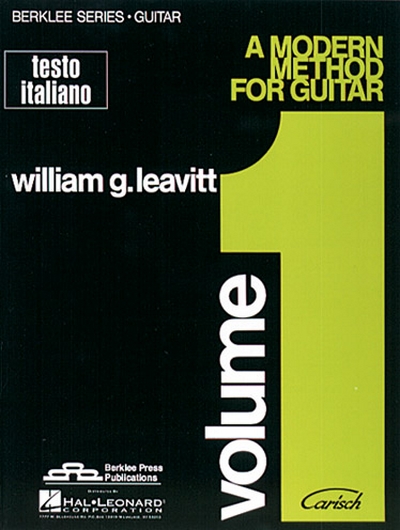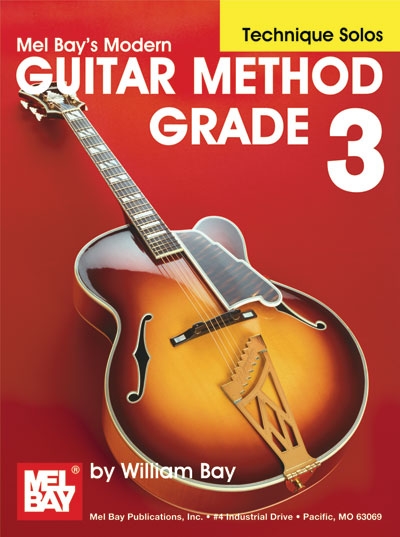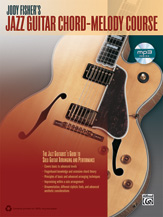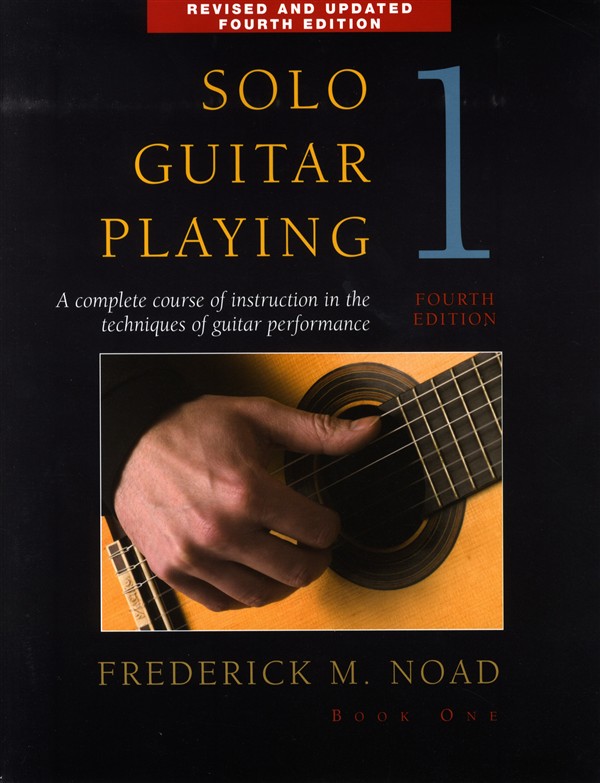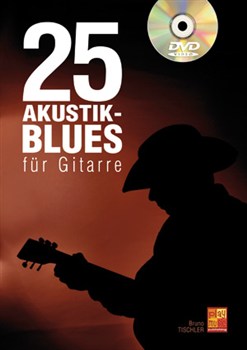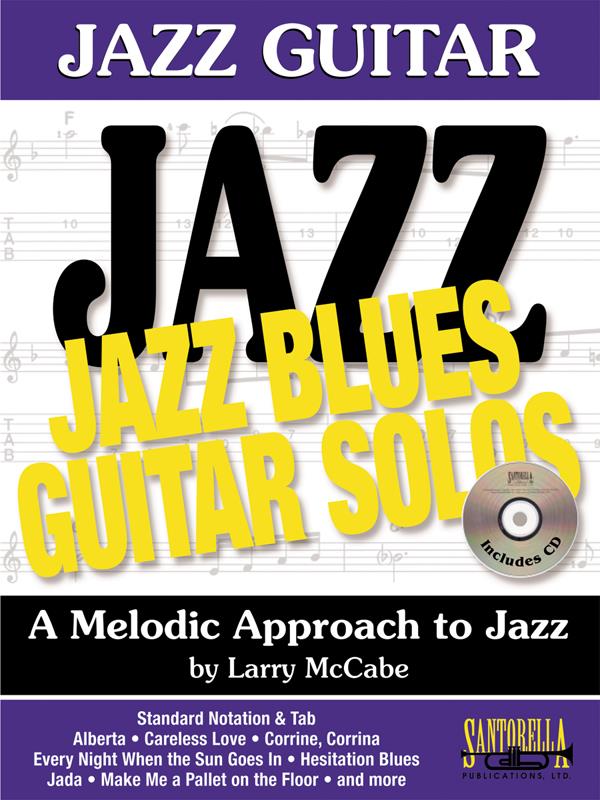Pédagogie
Contenu
1. PREFACE
2. introduction
3. PART I Pitch
4. The String
5. Harmonics
6. Stopped Pitches
7. Just Intonation and Equal Temperament
8. Tuning
9. Monads
10. All locations of any single pitch
11. The Pentatonic
12. The Diatonic
13. Diatonic Patterns
14. MODULATION
15. Other Scales
16. Symmetry
17. Dyads
18. All locations of any two pitches
19. INTERVALS
20. Triads
21. Constructing three-note structures
22. All locations of any three pitches
23. Voice leading
24. Triadic space
25. Tetrads and beyond
26. Constructing four-note structures
27. All tetrads of the four Heptatonic scales
28. Dominant progressions
29. All-Interval Tetrads
30. All remaining pitch structures
31. PART II Rhythm
32. One String, One Pitch
33. Time
34. Symmetrical Picking
35. Diatonic scales with Symmetrical Picking
36. Pick Control
37. Dynamics
38. Endurance
39. Rhythmic Pentatonics and Diatonics
40. Reduction
41. One String, Multiple Pitches
42. Diatonic scales with Legato phrasing
43. Diatonic ornaments
44. Chromatic ornaments
45. SLIDES
46. Multiple Strings
47. Polypulse
48. Creating rhythms
49. Rhythmic Dyads, Triads, and Tetrads
50. Polyrhythm
51. Rhythmic tiling
52. Infinite growth
53. CONCLUSION
54. GLOSSARY
55. Short subjects
56. Sources
57. Acknowledgments
58. ABOUT THE AUTHOR
Description :
This book is designed to be useful for guitarists at any skill level. Beginners can use it as an introduction to the foundational concepts of the instrument, intermediate players can use it for training and theoretical work, and advanced players can explore the sections on advanced theory, extended technique and the exhaustive tables of melodic and rhythmic possibilities. It is divided into two parts: pitch and rhythm. Part 1 (pitch) begins with the properties of string, harmonics, and tuning systems. It then moves methodically through pitch information, beginning with locating all versions of a single pitch, building pentatonic, heptatonic, and all possible symmetrical scales. This is followed by a study of intervals, with all possible locations of every two pitches, and a long study that moves through every possible fingering of three pitches, with a series of exercises to master triadic syntax. Part 1 closes with a study of four-pitch structures and complete tables that show all possible pitch sets in circular visual notation. Part 2 (rhythm) begins with a complete course in "Symmetrical Picking, " a method based on drum rudiments that builds control in the picking hand through an exhaustive variety of movements. The focus of this section is building a strong rhythmic foundation, with a focus on efficiency, accuracy, speed, dynamics, and groove. It is followed by a study of legato playing, working with ornaments and slides. The study of playing with fingers on multiple strings takes up the remainder of the book. This begins with the study of pulse against pulse, playing two simultaneous tempos. The book concludes with a study of polyrhythm, playing one rhythm against another. Plain English is used as much as possible to describe theoretical concepts, and hundreds of illustrations were made for the book as an aid to those who either don't speak English or prefer to think visually. This approach is designed to be inclusive and to promote creative practice. The main idea of the book is described in this passage (page 154): "Even in this small area there is a lot of material, potentially a lifetime of study. The amount of information can feel overwhelming to students at any level. For this reason, the book is designed for self-directed practice, with an emphasis on what the player "could" do, rather than what the player "should" do. The principle is to develop your own learning process, rather than following someone else's. The ability to make choices is essential in finding a personal approach to the instrument. Pick and choose the studies that seem interesting - there should be enough variety to accommodate a wide range of personalities. If any particular concept or exercise has been useful as the starting point for a new creative direction, then the book has done its job. Its purpose is not to push any dogma, method, or style, but to open the door to options for guitarists of any background that are looking for new perspectives. This book is designed to be useful for guitarists at any skill level. Beginners can use it as an introduction to the foundational concepts of the instrument, intermediate players can use it for training and theoretical work, and advanced players can explore the sections on advanced theory, extended technique and the exhaustive tables of melodic and rhythmic possibilities. It is divided into two parts: pitch and rhythm. Part 1 (pitch) begins withthe properties of string, harmonics, and tuning systems. It then moves methodically through pitch information, beginning with locating all versions of a single pitch, building pentatonic, heptatonic, and all possible symmetricalscales. This is followed by a study of intervals, with all possible locations of every two pitches, and a long study that moves through every possible fingering of three pitches, with a series of exercises to master triadicsyntax. Part 1 closes with a study of four-pitch structures and complete tables that show all possible pitch sets in circular visual notation. Part 2 (rhythm) begins with a complete course in 'Symmetrical Picking, ' a methodbased on drum rudiments that builds control in the picking hand through an exhaustive variety of movements. The focus of this section is building a strong rhythmic foundation, with a focus on efficiency, accuracy, speed, dynamics, and groove. It is followed by a study of legato playing, working with ornaments and slides. The study of playing with fingers on multiple strings takes up the remainder of the book. This begins with the study of pulse againstpulse, playing two simultaneous tempos. The book concludes with a study of polyrhythm, playing one rhythm against another. Plain English is used as much as possible to describe theoretical concepts, and hundreds ofillustrations were made for the book as an aid to those who either don't speak English or prefer to think visually. This approach is designed to be inclusive and to promote creative practice. The main idea of the book is described

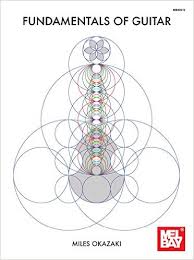
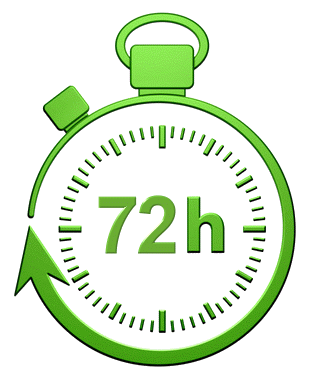
 Gagnez un bon d'achat dès 50€
Gagnez un bon d'achat dès 50€
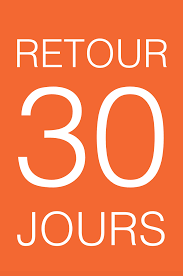 30 jours pour changer d'avis
30 jours pour changer d'avis
